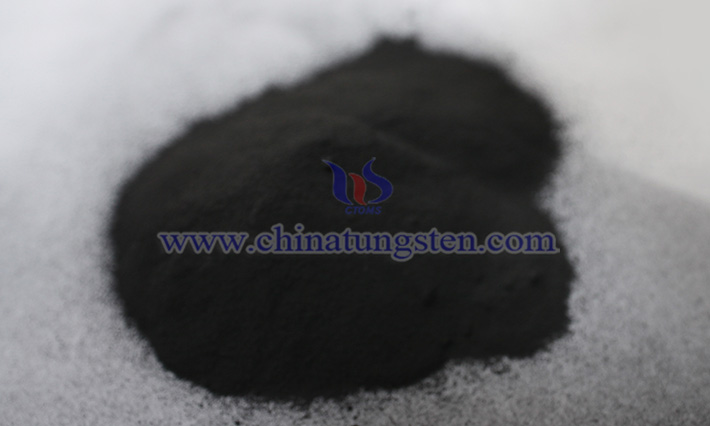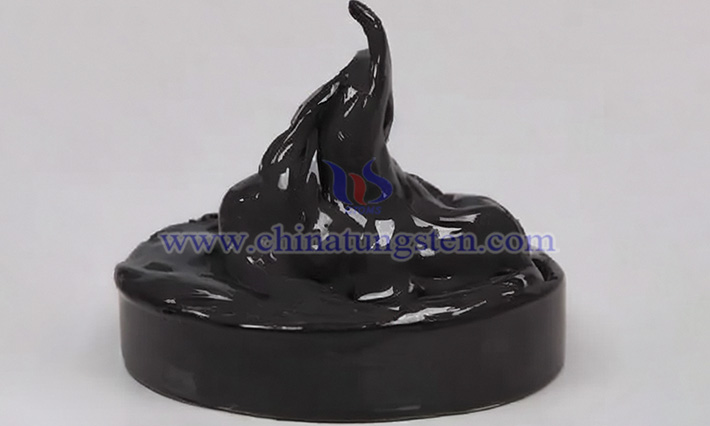What Is the Crystal Structure of Tungsten Disulfide Nanosheet?
- Details
- Category: Tungsten Information
- Published on Monday, 17 February 2025 20:15
Tungsten disulfide nanosheet (WS₂ nanosheet) has attracted much attention in the field of materials science. Its unique properties are largely derived from its special crystal structure.

The crystal structure of tungsten disulfide nanosheet is a typical layered structure, which has certain similarities with the sheet structure of graphene, but there are differences in atomic composition and arrangement details. Each layer of WS₂ is composed of three layers of atoms, presenting a sandwich structure of "sulfur-tungsten-sulfur (S-W-S)". In this structure, the tungsten atoms in the middle layer are surrounded by six sulfur atoms in the form of triangular prisms. From a planar perspective, these atoms are connected by covalent bonds to form a hexagonal grid structure, similar to a honeycomb. This covalent bond connection method gives each layer a strong binding force and ensures the stability of the structure within the layer.
Different S-W-S layer is held together by weaker van der Waals force interactions. This weak interaction allows the layers to slide relative to each other, which is an important structural basis for the lubricity of WS₂ nanosheet. Moreover, due to the weak van der Waals force, under the influence of external conditions, such as applying a certain mechanical force or in a suitable chemical environment, WS₂ nanosheet can be easily peeled into a single layer or a few layers, which greatly facilitates its application in nanodevices, composite materials and other fields.

The crystal structure of tungsten disulfide nanosheet has specific parameters, which further describe the distance and angle relationship between its atoms. Within the layer, the bond length of the W-S bond is about 2.42Å, which reflects the strength of the covalent bond between the tungsten atom and the sulfur atom and the distance of the interaction between the atoms. In the hexagonal grid, the W-S-W bond angle is close to 90°. This specific bond angle determines the arrangement of atoms in the plane and affects the geometry and stability of the entire layer.
For the interlayer structure, the distance between adjacent S-W-S layers is about 6.15Å. This interlayer spacing not only affects the size of the interlayer van der Waals force, but also has an important influence on the physical properties of WS₂ nanosheet. For example, a larger interlayer spacing makes it easier for ions or molecules to be inserted between the layers, which is important in some energy storage applications (such as lithium-ion battery electrode materials) because it can provide space for the insertion and extraction of ions.
- Tungsten Manufacturer & Supplier, Chinatungsten Online: www.chinatungsten.com
- Tungsten News & Prices of China Tungsten Industry Association: www.ctia.com.cn
- Molybdenum News & Price: news.molybdenum.com.cn
- Tel.: 86 592 5129696; Email: sales@chinatungsten.com



 sales@chinatungsten.com
sales@chinatungsten.com